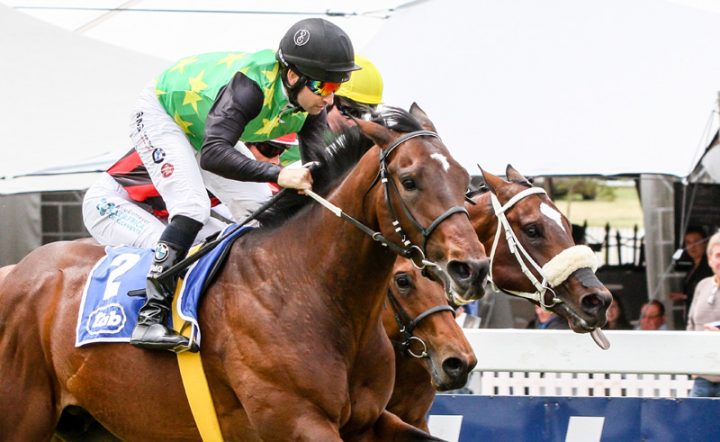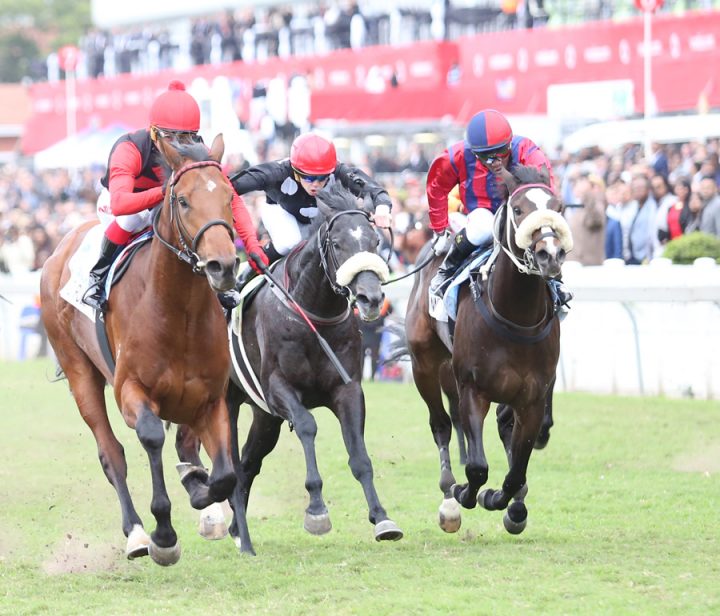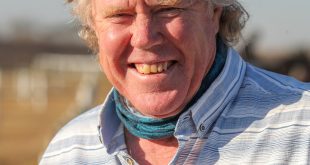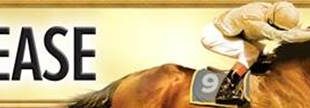Following a Gold Circle initiative to collect comments on first-timers and the refusal of some trainers to oblige, a debate about “transparency” has been prevalent in the South African racing community.
However, there has been a lack of debate about a related but more important issue i.e. the absence of measures taken on South African training tracks to prevent insiders from having total control of information.
Renowned international syndicate owner and journalist Barry Irwin summed it up best three years ago in a reply to an email I wrote him asking whether saddle cloths were compulsory on USA training tracks. At the time I had been running a Gold Circle approved website where I attempted for every KZN meeting to publish as many comments on runners as possible.
This exercise highlighted the missing link racing scribes in South Africa have in their potential armoury.
The three weapons which should be in this armoury are 1) form study, 2) comments from the connections of a horse and 3) watching the horse working.
However, being able to identify relevant horses and watch them work is very hit and miss in South Africa. Hence my letter to Mr Irwin.
His reply was eye opening. He said visiting a South African training track was like going back to the 1950’s. He used an amusing analogy, writing, “Going to South Africa is like watching one of those movies where somebody gets shipwrecked and one or two of the survivors washes ashore on a remote island where prehistoric beasts roam the land.”
His point was the information available in South African racing is controlled by those on the inside. There are zero measures on South African training tracks to exert control for the benefit of outsiders, like the media, who can then relay the information to the punters.
Irwin went on to explain the role of “clockers” in the USA, to whom it is compulsory to report to when going through “the gap” on to the track. All times for workouts are published in Daily Racing Form and on line at Equibase.com. (I should imagine a scribe could watch a lot of relevant gallops too by simply standing next to the clocker).
Irwin concluded by saying in his opinion the electronic barcode system used in Hong Kong and Japan should be a worldwide standard, although admitting in some instances it would be too expensive to install.
Irwin hits the nail on the head.
When going to the track in South Africa, the only time a scribe is generally able to see a relevant horse working is if he or she happens to be standing with the trainer at the time, as the latter will then be able to identify the horse. I count myself lucky to see a handful of relevant gallops on any morning i.e. you know who the horse is, it will be running in the meeting you are covering, and it is doing fast work.
It is generally impossible to stand with more than one trainer at a time and there is an improbability of a relevant gallop coinciding with your visit to a trainer’s ring.
Furthermore, it is a logistical nightmare trying to schedule gallops to watch. For example, at Summerveld there are many trainers and also a number of tracks, all of which are far apart. It is a sad state of affairs, because the most confident information a scribe can provide is when they have been able to see an eye catching gallop.
I list a few examples below.
I was metres away from Jackson when he strode past on a sand track at Philippi a few days before the Investec Cape Derby. To say his enormous stride took my breath away would be an understatement. Trainer Brett Crawford’s subsequent comments included his opinion the horse would stay and at that stage of his career Jackson had a good temperament too. The comments added the cherry on top of what had just been seen, coupled with the horse’s form, which spoke for itself. Therefore, a report of true confidence could be written and Jackson duly beat the great Variety Club.
On an earlier occasion I stood by trainer Frank Robinson and watched the two-year-old filly Chocolicious giving the older sprinter Intellectual a hiding on Summerveld’s bottom grass track. Intellectual had never been a great work horse, but had just come off a second place finish in the Gr 1 Computaform Sprint. A few days later Chocolicious won the Gr 1 Allan Robertson at odds of 55/1 and I received a phonecall from a grateful punter, who had not considered Chocolicious for his Jackpot until reading the newspaper report.
In the week of this year’s Vodacom Durban July meeting, I watched Isca putting up a magnificent gallop on the Summerveld beach sand. Trainer Gavin van Zyl confirmed him to be in “tip top condition” and was bullish about his form chances too. The glowing newspaper report was backed up by tipping him to win, which he did by three lengths at odds of 9/2.
There are many other examples I could provide.
However, there are also the ones which don’t come to fruition. The saying “if in doubt leave it out” is very true in racing. Eye catching work on its own can be as misleading as a trainer’s bold comment on its own.
As far as trainer’s comments go, the ones I have found most useful are when a horse with good form is returning from a layoff as the public will then have an idea of how close to its form it will run. First-timer comments can be useful too, especially when accompanied by a detailed analysis of the pedigree.
Those bringing the trainers’ comments should be congratulated for their efforts.
However, to conclude, there are no measures in place on SA training tracks for the benefit of work watchers. This should really be the primary issue for debate, ahead of the rather tired transparency one.
David Thiselton









